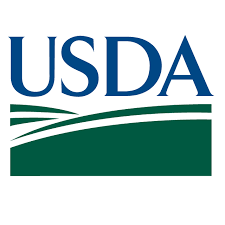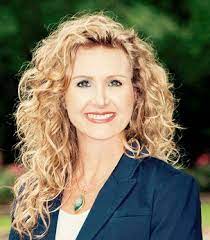
WASHINGTON – Agriculture Secretary Tom Vilsack announced today that the U.S. Department of Agriculture’s National Institute of Food and Agriculture (NIFA) will invest at least $21.7 million in several key programs to help agricultural producers manage the impacts of climate change on their lands and production.
NIFA awarded $6.3 million for 14 Soil Health grants and $5.4 million for seven Signals in the Soil grants through its Agriculture and Food Research Initiative (AFRI). NIFA also is investing at least $10 million this year in a new AFRI program area priority called, “Extension, Education, and USDA Climate Hub Partnerships,” to train the next generation of agriculturalists and foresters to incorporate climate change research into their management practices.
This is the first in a series of announcements by USDA this week to underscore the Department’s renewed commitment to addressing climate change through adaptation and mitigation with climate-smart tools for farmers, ranchers, producers, and foresters.

“USDA is committed to working alongside American producers, rural businesses, and landowners to help them lead the way on addressing climate change, using the best USDA data and science to help improve their practices and spur new market opportunities,” said Vilsack.
Some projects funded from the Soil Health AFRI priority area include:
- Northern Arizona University’s project, “Pelletized Fire Mosses to Enhance Soil Health After High Severity Forest Fire,” for a new and effective way to boost soil health and promote the recovery of burned ecosystems.
- South Dakota State University’s project, “Flower Fields and Soils: The Impacts of Native Perennial Monoculture Plots on Soil Health,” aimed at improving the sustainability of agricultural production and evaluating new agricultural practices to improve soil health.
Some projects funded from the AFRI Signals in the Soil interagency program with the National Science Foundation include:
- University of New Hampshire’s project, “Novel Soil Frost Sensing Systems for Tracking Freeze-Thaw Cycles,” to develop, test and deploy wireless sensors and a ground-penetrating radar system for continuous measurements of soil frost. This is important because seasonal soil freeze and thaw impacts half the southern region and can affect permafrost, agroecosystems, urban ecosystems, and the interface between humans and the environment.
- Georgia State University’s project, “A Novel Large-Scale Radon Measurement Wireless Testbed for Spatio-Temporal Study of Radon in Surficial Soil,” will develop a real-time radon measurement test with a wireless sensor network to be deployed around the north-eastern suburbs of Atlanta, Georgia – a metro area of 6 million residents with known high-potential for radon exposure. This is important because exposure to radon gas is the second leading cause of lung cancer, according to the World Health Organization.

“By combining NIFA and National Science Foundation resources, the Signals in the Soil program fosters collaboration among a broad set of researchers to fund the most innovative and high-impact projects where multiple disciplines converge to produce novel soil sensing systems,” said NIFA Director Dr. Carrie Castille.
More on USDA Climate Hubs
The projects funded in this priority area within the AFRI Foundational and Applied Science RFA will strengthen and broaden the impacts of USDA’s Climate Hubs through the Cooperative Extension Service. The partnerships between Cooperative Extension and the Climate Hubs Program that are built through this investment will help to ensure producers have information needed to plan for changing climate conditions and to consider climate-friendly farming practices.
USDA’s Climate Hubs are a unique collaboration across the Department’s agencies. They are led by Agricultural Research Service and Forest Service directors located at 10 regional locations, with contributions from other USDA agencies including the Natural Resources Conservation Service, Farm Service Agency, Animal and Plant Health Inspection Service, and the Risk Management Agency. The Climate Hubs link USDA research and program agencies in their region with the delivery of timely and authoritative tools and information to agricultural producers and professionals.
“USDA seeks to improve our understanding of the physical connections, biogeochemical interactions, and processes between the soil, the environment, and climate change,” Dr. Castille said. “These efforts will lead to new tools, practices, techniques, and innovations for improving soil health and demonstrate USDA’s commitment to addressing climate change.
To learn more about NIFA, visit our website www.nifa.usda.gov.
USDA touches the lives of all Americans each day in so many positive ways. In the Biden-Harris Administration, USDA is transforming America’s food system with a greater focus on more resilient local and regional food production, fairer markets for all producers, ensuring access to safe, healthy, and nutritious food in all communities, building new markets and streams of income for farmers and producers using climate-smart food and forestry practices, making historic investments in infrastructure and clean energy capabilities in rural America, and committing to equity across the Department by removing systemic barriers and building a workforce more representative of America. To learn more, visit www.usda.gov.



